Artist: Anthony Van Dyck
Topic: Famous People France France
Size: 67 x 83 cm
Museum: Galleria Palatina (Italy)
Technique: Oil On Canvas
Van Dyck portrayed the Jesuit Jean-Charles della Faille with, as very prominent attributes, the instruments on the table to his left. The learned divine, from a wealthy Antwerp merchant family, entered the Company of Jesus in 1613. At the highly-reputed Antwerp school he advanced his mathematical skills with two famous teachers and fellow-Jesuits, Franciscus Aguilonius and Gregorius a Sancto Vincentio, going on to teach the subject himself at Dôle , Leuven and Lier, until summoned in 1629 to lecture at Philippe IV's recently founded Collegium Imperiale in Madrid. His activities in Spain were not limited to theory and teaching and from 1637 he served the court as a cosmographer and a specialist in warfare. It was commonplace in the early 17th century for a mathematician to master also related, often practical disciplines such as surveying and astronomy, and the instruments with which he is portrayed can be used in all these areas.Next to a celestial globe we recognise a Dutch circle, a quadrant and plumb line, a compass in his hand and some scientific writings. The sector is from the workshop of Antwerp instrument maker Michiel Coignet. Jean-Charles della Faille kept up a regular correspondence with his fellow-cosmographer at the Spanish court in Brussels, Michael Florentius van Langren. In his position as a military engineer, the Jesuit father travelled to regions in rebellion against the Spanish crown, among them Portugal, Naples and Catalonia, but never returned to his native Netherlands. We can thus assume that Van Dyck portrayed him shortly before his departure in 1629, probably as a commission by his family. This is also the date mentioned on the canvas, together with the age of 32. Although of a later hand, both data appear to be acceptable.This lively portrait records the inquisitive look of the Jesuit, presented in three-quarter profile. Two engravings of this painting are also preserved, a 17th century one by Adriaan Lommelin and a 19th century one by François de Meersman. The latter print belonged to a series of Belgian mathematicians, which is surprising bearing in mind that in the 20th century della Faille's importance in scientific history was hardly known.
Artist |
|
|---|---|
Download |
|
Permissions |
Free for non commercial use. See below. |
Anthony Van Dyck – Most viewed artworks
|
This image (or other media file) is in the public domain because its copyright has expired. However - you may not use this image for commercial purposes and you may not alter the image or remove the watermark. This applies to the United States, Canada, the European Union and those countries with a copyright term of life of the author plus 70 years.
|

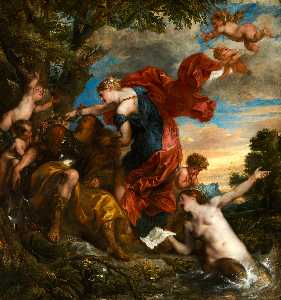
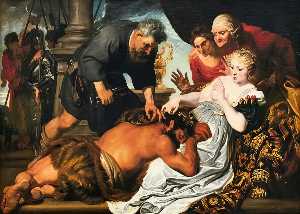

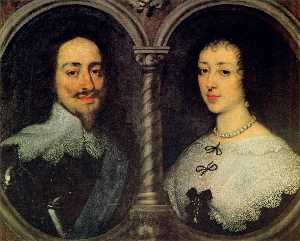

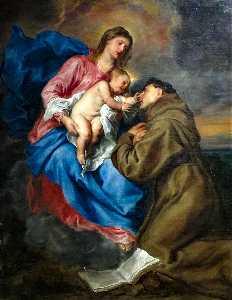
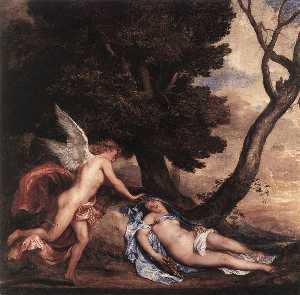
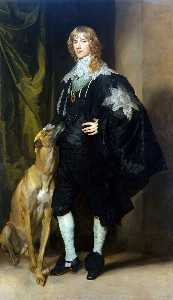
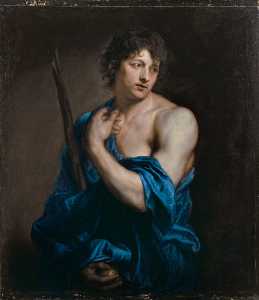
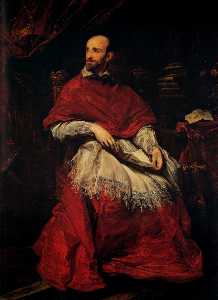

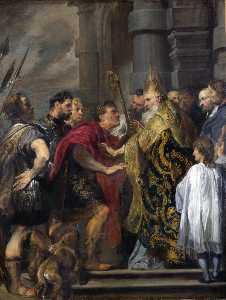
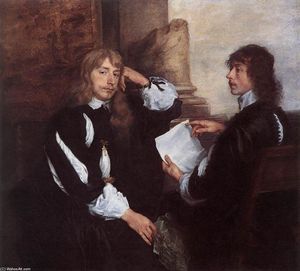
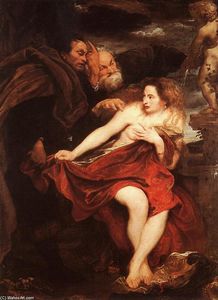
 Note that a few countries have copyright terms longer than 70 years: Mexico has 100 years, Colombia has 80 years, and Guatemala and Samoa have 75 years. This image may
not be in the public domain in these countries, which moreover do not implement the
Note that a few countries have copyright terms longer than 70 years: Mexico has 100 years, Colombia has 80 years, and Guatemala and Samoa have 75 years. This image may
not be in the public domain in these countries, which moreover do not implement the